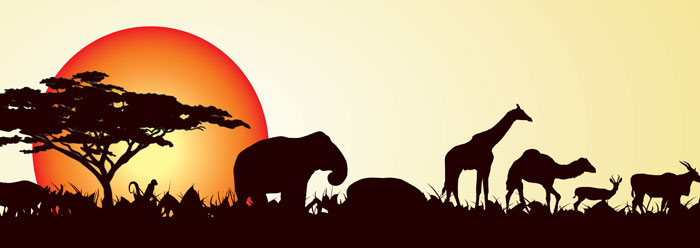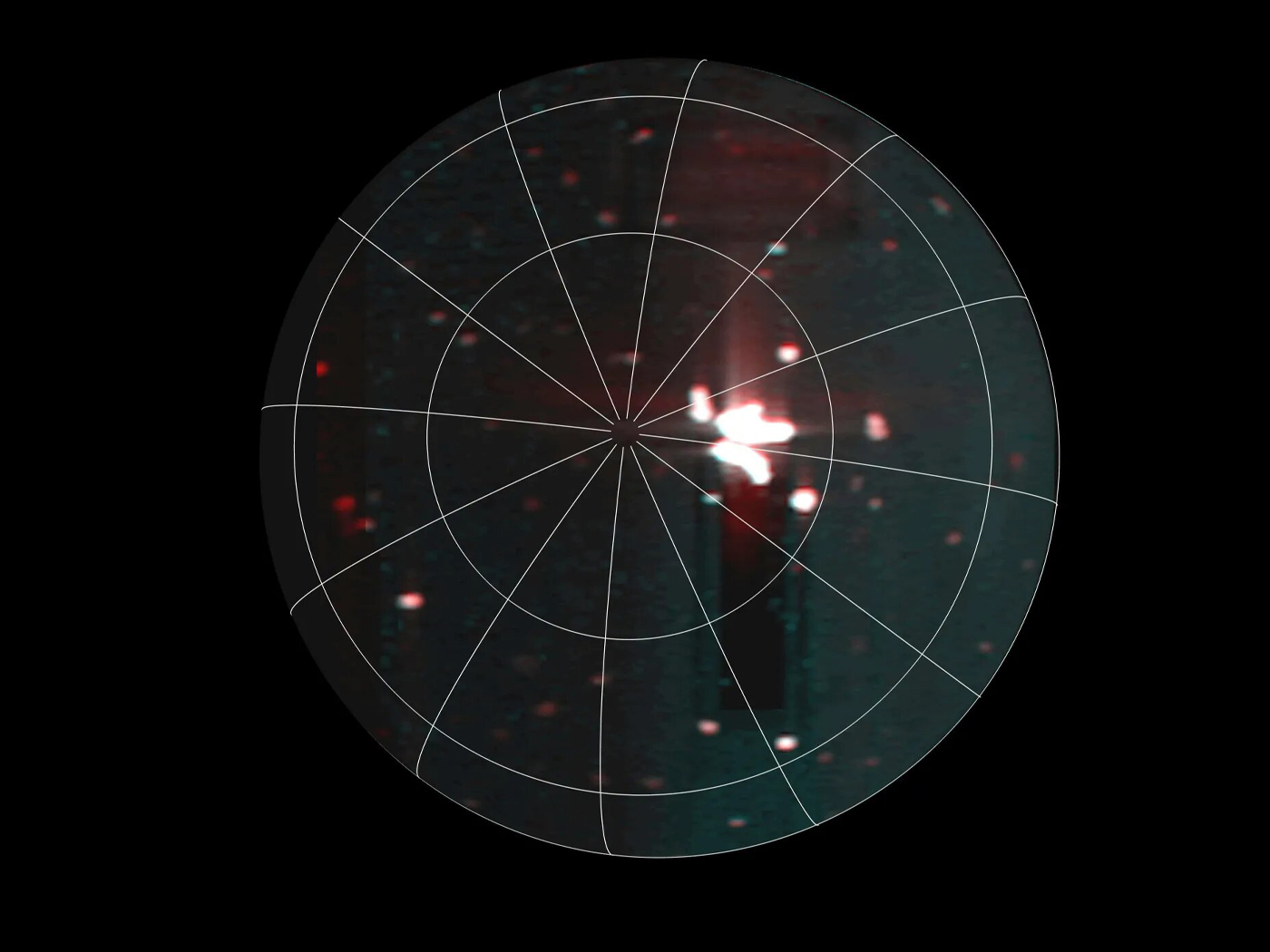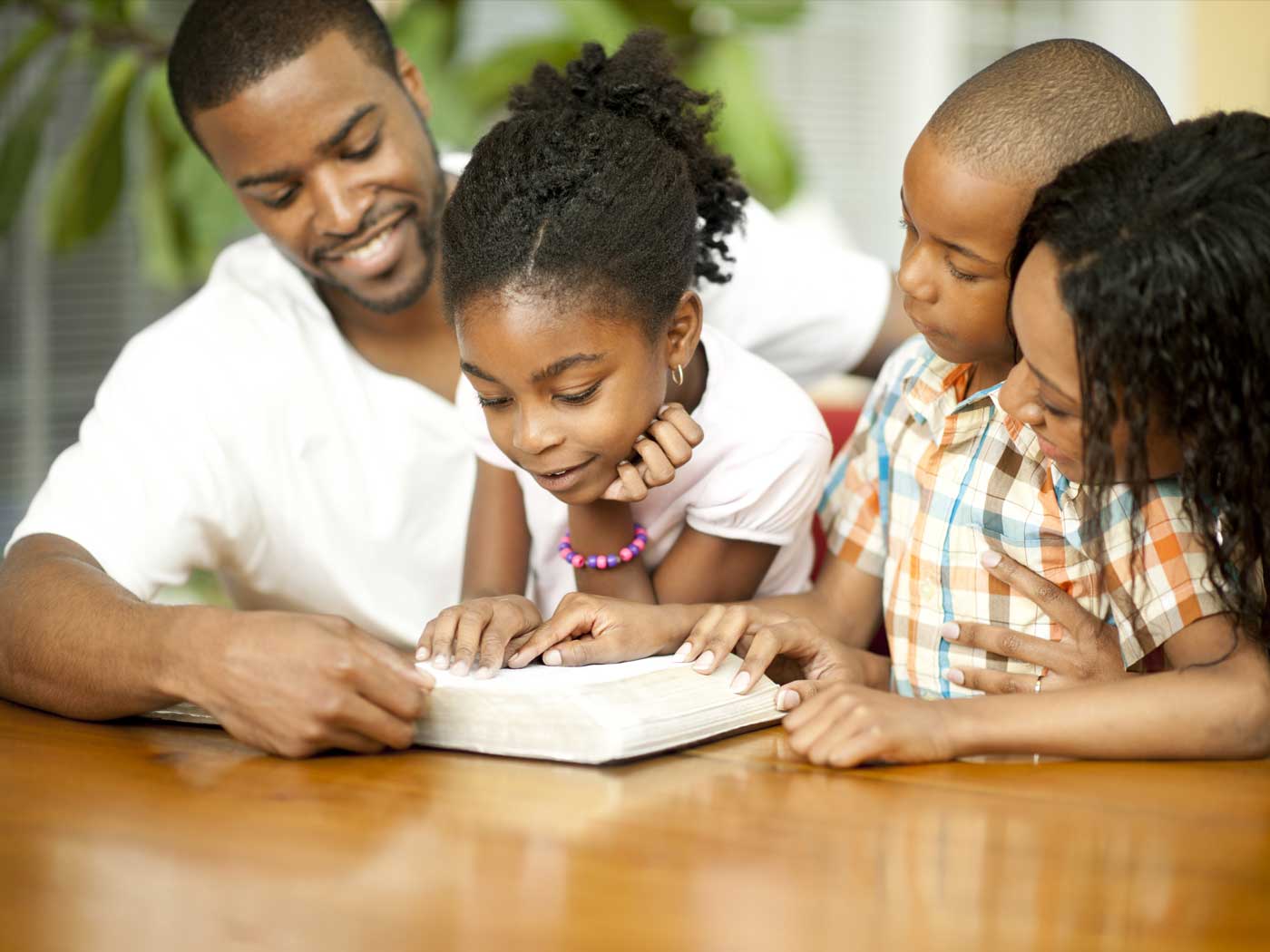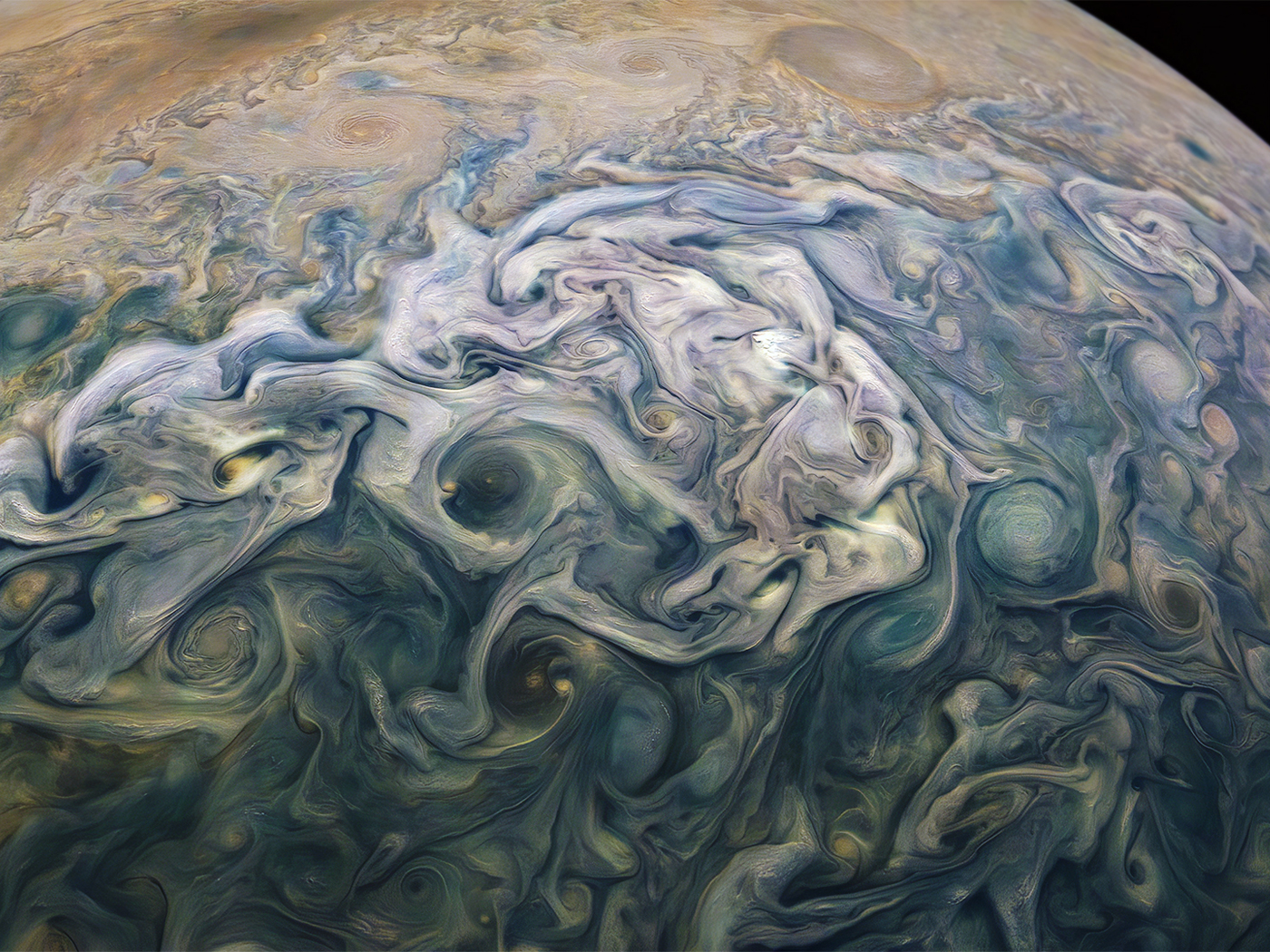Many people who use biological data to support an old-earth position believe that the appearance of millions of animal species does not support a young earth interpretation of creation. Nor do they think that a recent global Flood would support the existence of a great number of animals today if Noah only took two of each kind on the Ark. However, the science of how speciation occurs, and the definition of a species versus the biblical kind, does explain how many variations of the same kind of animal can arise quickly from small populations, such as those on Noah's Ark.
Reproductive Isolation and Speciation
The definition of species is different for many scientists and is not a standardized term. Many scientists define species as a population of animals that are reproductively isolated from other similar species. Reproductive isolation can occur in a number of ways and result in speciation from one kind of animal through events that isolate one variation (species) from another. Many of these isolation events have been identified and are described as behavioral isolation, ecological isolation, and geographical isolation, to name a few.
Geographical isolation is one of the best understood events and likely the most common. Geographical isolation results when two variations of the same kind of animal migrate and become separated by a geographical barrier preventing the two animal variations (species) from having contact and interbreeding. Once completely separated, the two populations of animals possess variations of some genes, resulting in two "species" that differ in appearance (color, size, etc.) and behavior.
The colorful Ensatina salamanders of the Pacific coast are good examples of geographical isolation. These little salamanders migrated south through the Sierra Nevada Mountains and the coastal mountains of California. The drier San Joaquin Valley, between the two mountain ranges, prevents large-scale interbreeding between several species of these salamanders. Each species looks different, but when they are brought into contact with each other they will breed and produce hybrid offspring. The migration pattern that facilitated Ensatina speciation and the ability to hybridize indicate that these salamanders belong to the same kind of animal. African leopards and South American jaguars would be another good example of two species of the same kind of animal geographically isolated from each other.
Ecological isolation results when animals of the same kind live in different habitats. Bears provide another example of how scientists classify animals as different species that are the same kind. Grizzly bears (Ursa arctos) and polar bears (U. maritimus) are ecologically isolated most of the year, but can produce fertile offspring when they come in contact with each other. The ability to reproduce in the wild suggests that they are a single kind of animal separated only by their different fur color and other minor physical features that enable them to adapt to different ecosystems.
Eastern and western meadowlarks, Sturnella magna and S. neglecta respectively, are classified as different species and provide a good example of behavioral isolation. Eastern and western meadowlarks don't typically interbreed in the wild, partly because they don't readily recognize the mating song of the other species and partly because they prefer slightly different habitats. Both species are nearly identical in appearance and are physically capable of interbreeding in the laboratory, and occasionally hybrids between the two species are identified in natural habitats. The potential to reproduce, and the nearly identical appearance and genetic constitution of these two bird species, certainly qualifies them as the same biblical kind, in spite of their classification as different species.
There are more examples of how different kinds of reproductive isolation cause speciation from a common kind of animal. Speciation events are documented for nearly every kind of animal that has been described, and recently it has been estimated that 10 percent of all animal species still hybridize (mate with other species, producing fertile offspring) in the wild, and even more when brought into contact with each other in captivity. This evidence indicates that most species had a common ancestor from which similar species have descended. This might appear as evolution, but it is not. How this would happen without evolution can be illustrated by considering the descendants of the animals aboard Noah's Ark.
Millions of Species in a Few Hundred Years?
Some people who object to a recent-creation interpretation of Genesis point to the fact that such a view requires that all modern animal species on earth must have descended from these same species saved on the Ark. If the Ark had roughly 30,000 animals (less than 15,000 species or different kinds), how could the animals on the Ark produce millions of species within a few hundred, or a few thousand, years after the Flood? Surely this would require a faster evolutionary rate than even the most ardent evolutionist would propose.
However, it is not correct to assume that a few thousand species would have produced the millions of species extant (alive) today. There are fewer than 30,000 extant species of mammals, birds, reptiles, and possibly land-reproducing amphibians (many salamanders) that were represented on the Ark. The millions of other species are the invertebrates (>95 percent of all animal species), fish, and a few aquatic mammals and reptiles that survived in the water during the Flood. The processes of speciation discussed above need to only double the number of animal species from 15,000 to 30,000. This is certainly a feasible process based on observable science.
Evolution, defined as large-scale changes that produce one kind of organism from another kind, is not capable of producing the millions of species observed today from the 15,000 different kinds of animals on the Ark. However, the genetic potential of each kind of animal and the freedom from genetic equilibrium, combined with mutations, would allow the appearance of many different species from the few animals on the Ark.
Genetic Potential for Variation
The genetic potential to produce a wide range of variation in any animal kind or species, regardless of how these terms are defined, easily provides 30,000 different species from fewer than 15,000 different kinds. Genetic potential is the amount of variation that a kind or type of organism can produce from the genetic material that is already present. It is possible for a pair of animals to harbor nearly all of the alleles (variations of a type of gene) for their kind in their genome.
Other alleles result from mutations to existing genes (human red hair color would be a good example of this). For example, two humans (Adam and Eve?) could have all the common DNA variations (called polymorphisms) found in all ethnic groups. This would require only one DNA base difference every 667 bases between the two of them. This is hardly a difficult situation for the genomes of two people and can account for much of the genetic variation observed in people today. Rare polymorphisms are few in number compared to common polymorphisms and are likely the result of the accumulation of mutations. These rare polymorphisms are frequently referred to as personal polymorphisms, since they can be used to identify an individual.
The effects of common and rare polymorphisms can be easily illustrated by all domesticated animals and their various breeds. Dogs, cattle, hamsters, and tropical fish all have many different breeds that easily demonstrate what genetic potential is. Of course, these are all artificially selected animals and selecting for these breeds has led to a much faster rate of variation (what some call evolution) than would be expected in the wild. (Most dog breeds have been developed in the last 200 years.)
Species Classification
Domesticated animals, as examples of genetic potential, do not motivate a scientist to name a new breed of dog a species. However, there is more phenotypic and genetic variation in domesticated animals than there are in many, if not most, wild "species" of animals that were discussed above. The only requirement to be classified as a species, in many cases, is for two populations of animals to be reproductively isolated. Most people would be hard pressed to identify an eastern meadowlark from a western meadowlark, but they are classified as different species simply because they have different mating songs and are reproductively isolated in the wild. Many of these animals are so close phenotypically (in appearance) that only an expert can tell them apart.
Even humans have far more phenotypic variation than many animals that are divided into separate species, and scientists are not about to start classifying different ethnic groups of humans as different species. The decision to classify an animal as a new species isn't completely arbitrary, but the modern scientific definition of a species is not determined by the biblical kind.
To maximize the number of animals on the Ark with the genetic potential to produce all the variation we see today requires a genetic engineer who knows the genetic composition of each animal. Genesis 6:20 tells us that God brought the animals to Noah to be put on the Ark. It clearly indicates that God chose the animals to be saved and it is likely that the choice of animal was based on the genetic potential to produce a variety of animals after the Flood. God is the omniscient genetic engineer who chose each animal and made the variation in extant animals possible from all the animals on the Ark.
Hardy-Weinberg Equilibrium
The other important factor to be considered in this scenario is something called genetic (Hardy-Weinberg) equilibrium for the gene frequencies of a particular population of organisms. The change in gene frequency is used in evolutionary theory as evidence for microevolution, but this theorem can also be applied to a creation scenario since it does not involve the formation of novel genes from no genes. Hardy-Weinberg theory states that gene (or more accurately, allele) frequencies will remain constant as long as these requirements are met: random mating, no migration in or out of the population, no mutation, no genetic drift (chance changes in gene frequencies), and no selection for traits.
When the animals left the Ark none of these conditions would be met, enabling microevolution (change in allele frequency) and speciation events. These events include the selection of mates (for humans specifically), environmental selection of some traits, accumulation of mutations, chance genetic drift, and migration of animals taking with them different combinations of genetic material. Because of the small populations of animals immediately after the Flood, gene (allele) frequencies would rapidly be altered as animals migrated around the globe, adapted to various environments based on their genetic constitution, and became reproductively isolated.
This would result in many variations of the original animals on the Ark, just like artificial selection produces many variations in domestic animals. This is not just a creation paradigm. Many population genetic studies, for any animal, include migration and reproductive isolation leading to speciation. The migration of humans around the globe is well-documented and based on the changing gene frequencies (such as ABO blood alleles and mitochondrial DNA) in each population. It is also well documented from DNA and protein sequences that all animals had migratory events that contributed to the ecological, behavioral, and geographic speciation events observable today.
All of the examples given above do not require creation of new genes or genetic information via natural processes from genetic information not previously in existence (evolution). The genetic information we observe today was supplied at the time of creation in these animals in their genomes, and their genetic potential has created the variations frequently classified as species. It is true that mutations create many new variations, but this is not an example of Darwinian evolution. Mutations work on pre-existing genetic material, are accompanied with a loss of information, and lead to extinction, not the conversion of one animal kind into another animal kind, regardless of how many years mutations are given.
The Creator God endowed His creatures with the potential for all the wondrous varieties that not only are evident in the fossil record, but also surround us today. This variation is made possible by the genetic information given to animals at the time of creation.
* Dr. Criswell has a Ph.D. in Molecular Biology.
Cite this article: Criswell, D. 2009. Speciation and the Animals on the Ark. Acts & Facts. 38 (4): 10.































